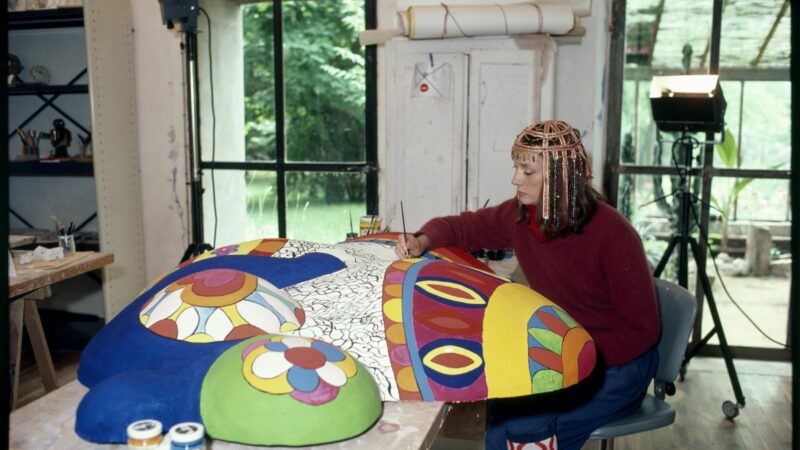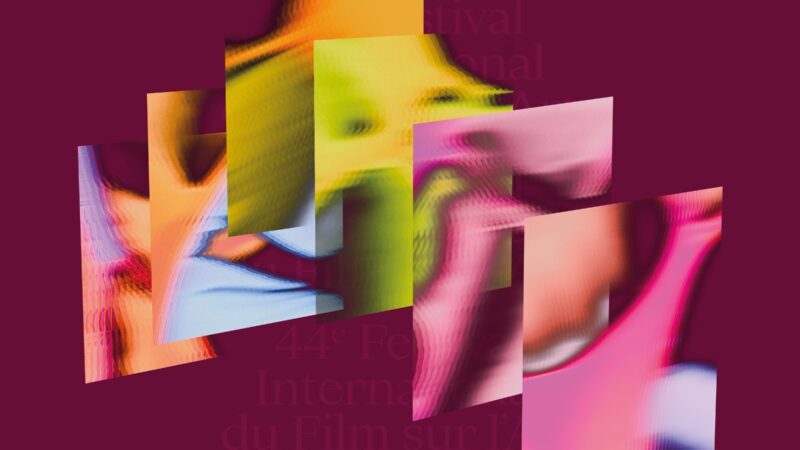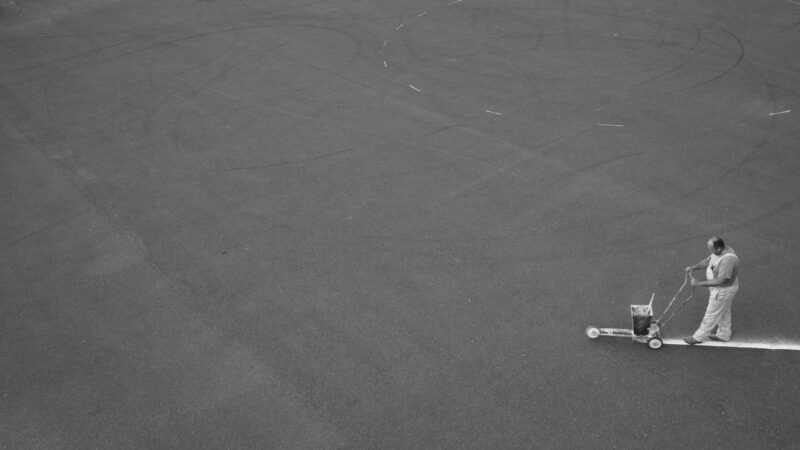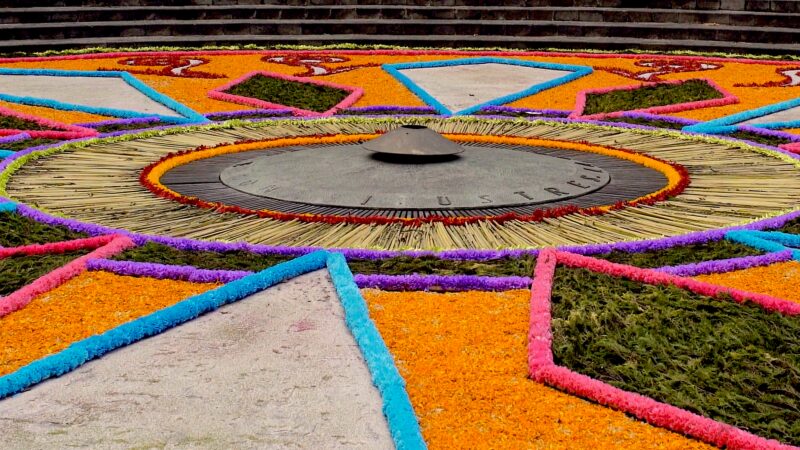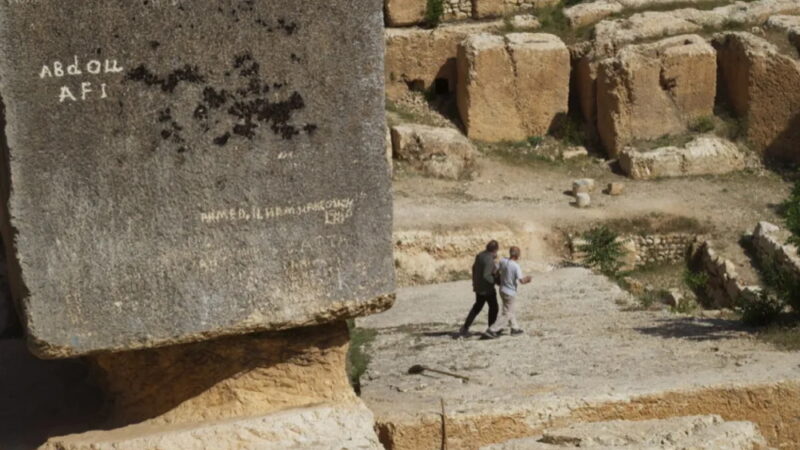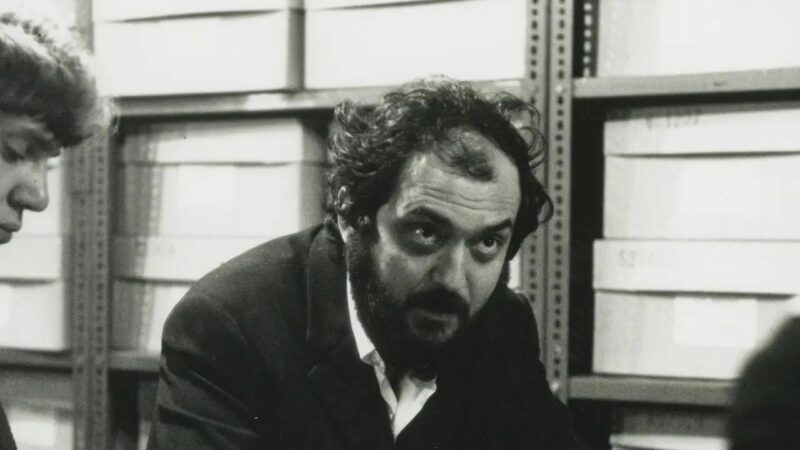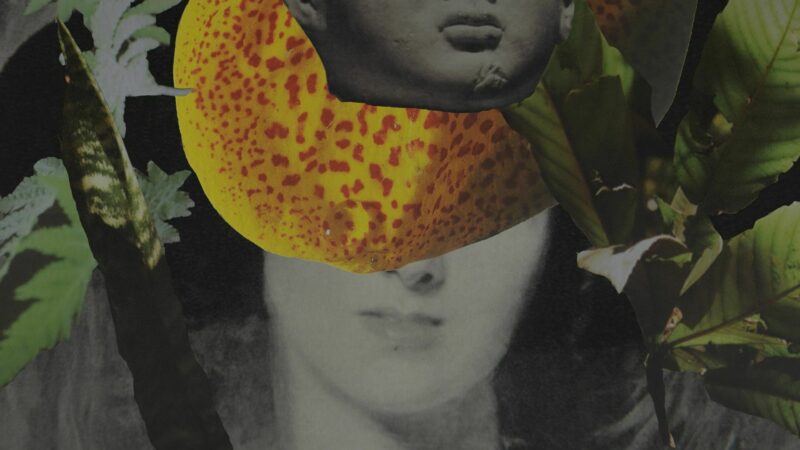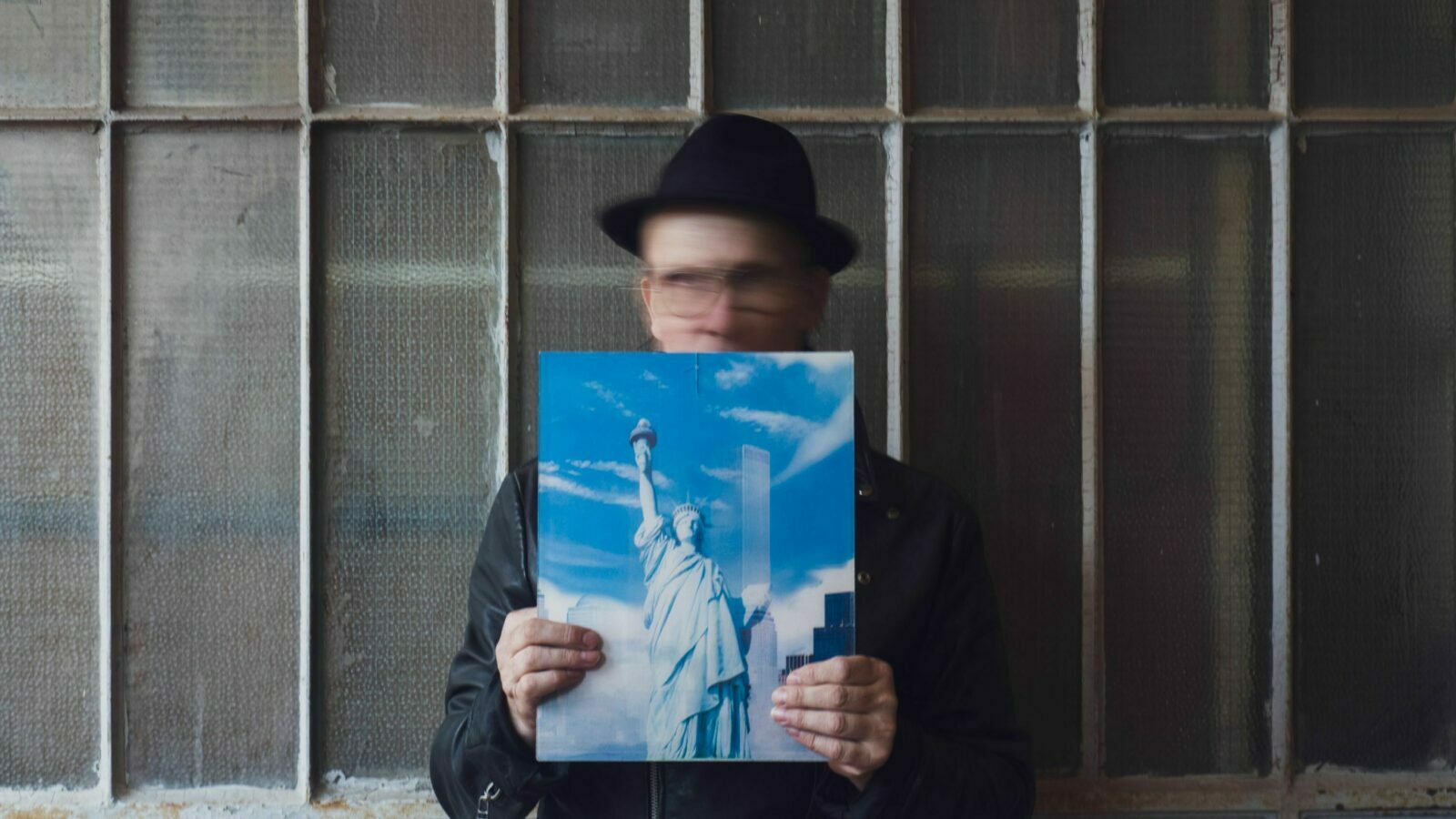
28.11.2025
When contemporary art goes off the rails | New collection on ARTS.FILM
Image from the film The Tirana Conspiracy by Manfredi Lucibello
Because it is a world of its own, prone to excess and controversy, contemporary art sometimes goes off the rails… just like in the film The Square, directed by Ruben Östlund and winner of the Palme d’Or at the Cannes Film Festival in 2017. A museum curator convinced of his own moral integrity, until that façade begins to crack, and a performance that goes terribly, terribly wrong… The Square offers a scathing portrait of the contemporary art world. In Il était une fois… The Square, filmmaker Manuelle Blanc explores the behind-the-scenes story of the film alongside Ruben Östlund. The Tirana Conspiracy by Manfredi Lucibello recounts the unbelievable, but entirely true, story of a massive hoax that fooled the Tirana Biennaleperhaps a symptom of deeper dysfunctions within the art world? Finally, The Price of Everything by Nathaniel Kahn and Roger Gariépy’s mockumentary Jaeborn, numéro par numéro delve into the speculative frenzy surrounding top-selling artists. Discover in this collection the dark side (don’t we all have one?) of contemporary art…
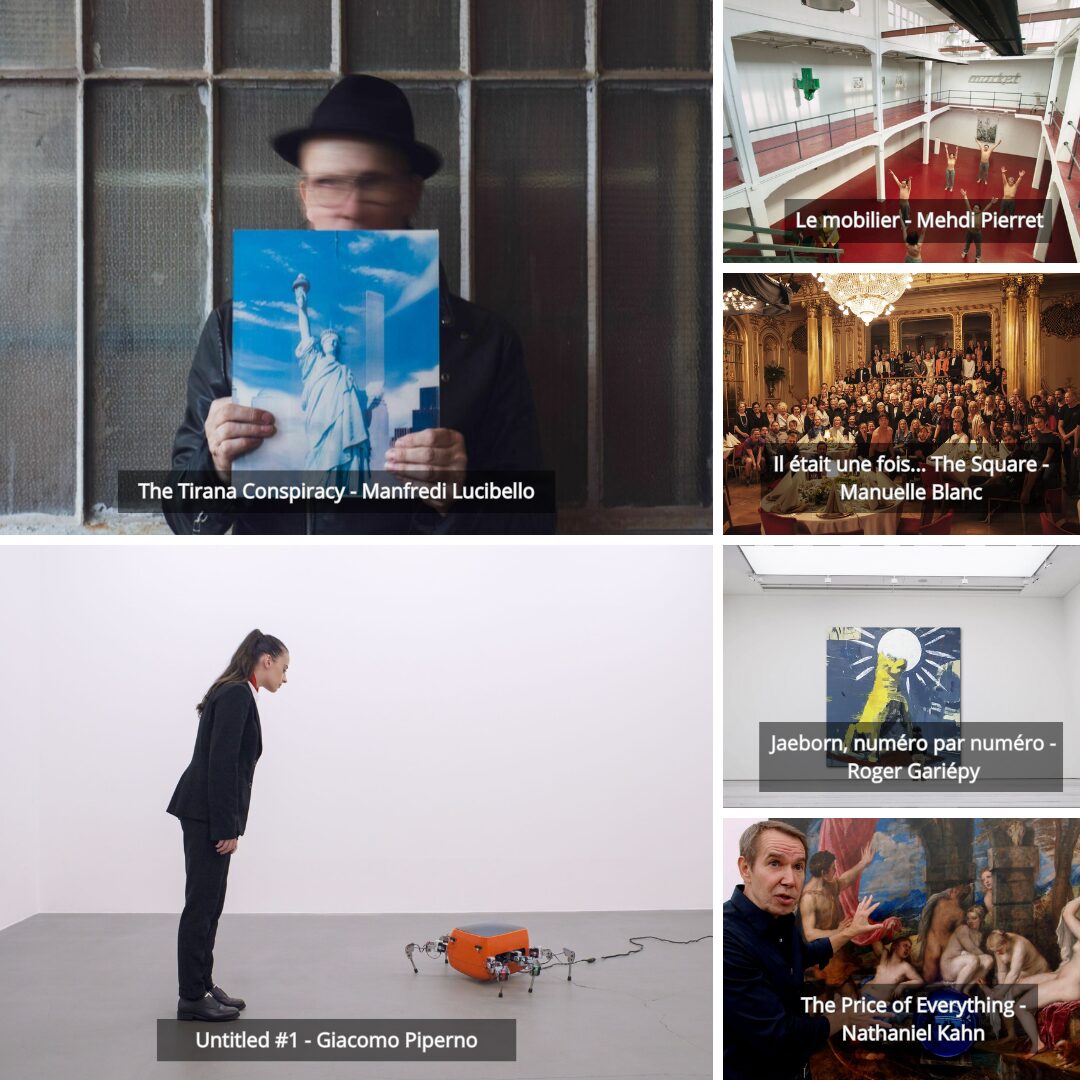
The Tirana Conspiracy — Manfredi Lucibello (NEW) — PRIX DU JURY FIFA 2025
Untitled #1 — Giacomo Piperno (NEW)
Le mobilier — Mehdi Pierret
Il était une fois… The Square — Manuelle Blanc
Jaeborn, numéro par numéro — Roger Gariépy
The Price of Everything — Nathaniel Kahn
NEW THIS WEEK
The Tirana Conspiracy by Manfredi Lucibello
PRIX DU JURY FIFA 2025
Synopsis:
In December 2000, Oliviero Toscani, the renowned photographer and artistic director famous for his bold and provocative ad campaigns (Benetton), accepted an invitation from Giancarlo Politi, art critic and publisher, to curate a section of the inaugural edition of the Tirana Biennale, Albania’s largest international art event. Toscani introduced the public to four controversial artists whose works were unsettling, inappropriate, or even offensive to moral sensibilities : Dimitri Bioy, a pedophile; Marcello Gavotta, a pornographer; Bola Equa, an activist wanted by the Nigerian government; and Hamid Picardo, Osama bin Laden’s official photographer. What followed was one of the greatest hoaxes in the history of contemporary art. Now, with the statute of limitations expired, the key players can finally reveal the truth.
This documentary sheds light on the scandals sparked by the event and critically examines the mechanisms that grant legitimacy and value to art. Through a narrative that blurs the lines between truth and manipulation, the film explores the flaws of the art market, the intellectual trends embraced by the art elite, and the fragility of aesthetic evaluation systems.

When scandal becomes the art itself
There are films that tell stories, and then there are those that make you feel the story.
The Tirana Conspiracy belongs to the second category. Manfredi Lucibello doesn’t just retrace a monumental artistic hoax, he pulls us into a whirlwind where provocation, prestige, and absurdity blend until we can no longer tell what’s real and what’s fabricated.
This documentary has something rare: it manages to be both funny and unsettling. We laugh (sometimes uneasily) at how the contemporary art world can react more to shocks, scandals, and sensationalism than to coherence or ethics. And we shiver when we realize this wasn’t just a prank, but a full-scale experiment on taste, reputation, and credulity.
You come out of The Tirana Conspiracy with a strange feeling: art can mock us, provoke us, and still utterly fascinate us. And maybe, that’s exactly what contemporary art is meant to do.
Untitled #1 by Giacomo Piperno
Synopsis:
Giulia, a young art history student, begins an internship as a gallery guard in a contemporary art museum. She is assigned to a room housing a peculiar artwork she is unfamiliar with: a self-moving robot crafted from an old television, which communicates by displaying fragments of films on its screen.
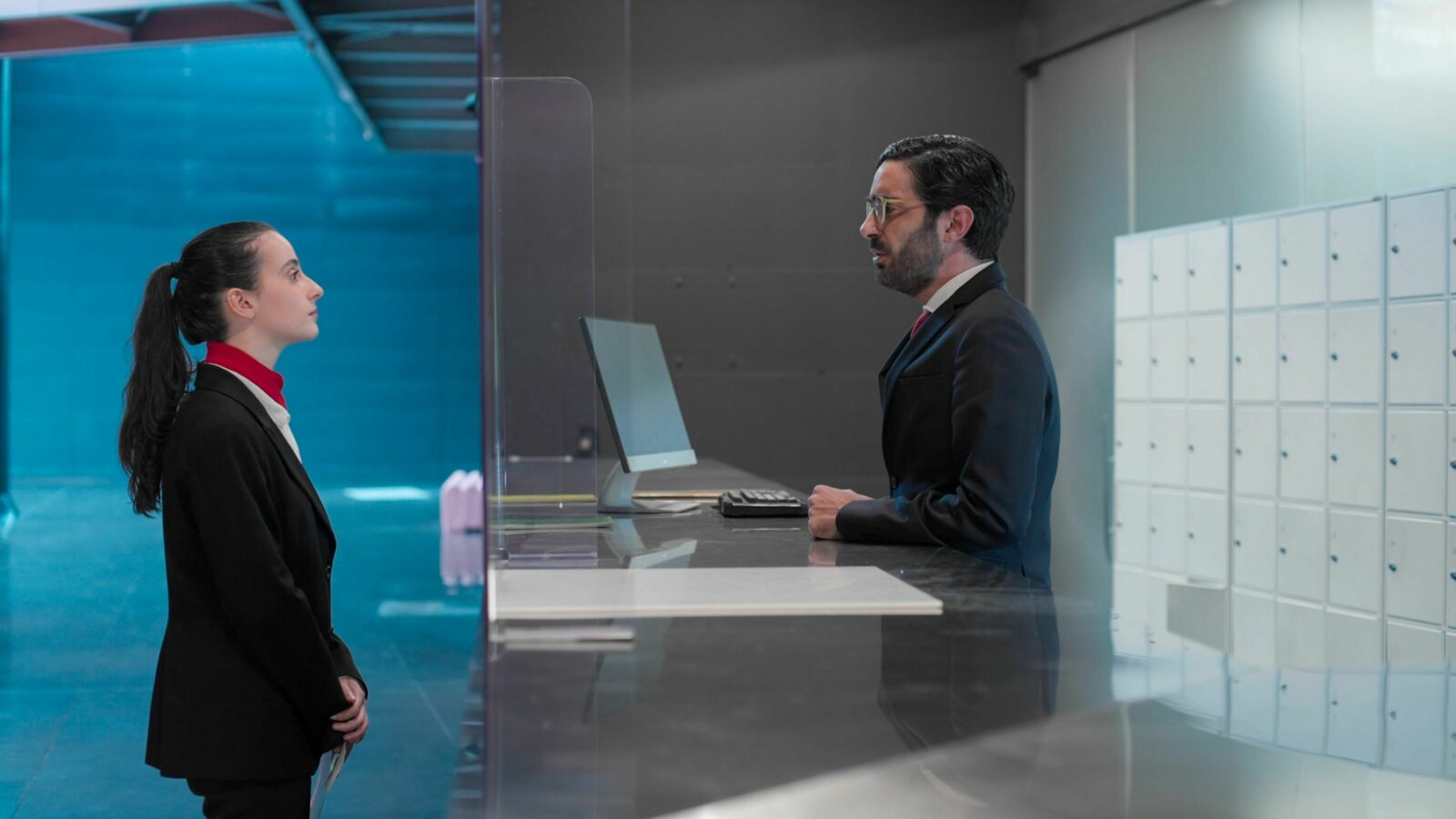
Art in the Age of Algorithms
In Untitled #1, the robot born from an old television transforms the gallery into a zone of friction between the living and the programmed. Far from being a mere installation or a technical feat, it raises a subtle question: what does it mean today to “see,” “feel,” or “create”?
At a time when artificial intelligence (AI) is infiltrating music, painting, cinema, and even collective memory, the film makes the bold wager that art can exist differently, through circuits, screens, and invisible mechanisms. The issue is not whether the robot “makes art,” but why we continue to respond to what it produces.
When AI explores new combinations, assembles, transforms, and recombines, art ceases to be solely a celebration of human gesture. It becomes code. In this shift, it is not only the object that changes, but also the way we look at it.
Untitled #1 is not limited to exhibiting a robot. It stages an era in which humans are no longer the creative source of art but passive receivers of digital streams and other nourishing algorithms.



